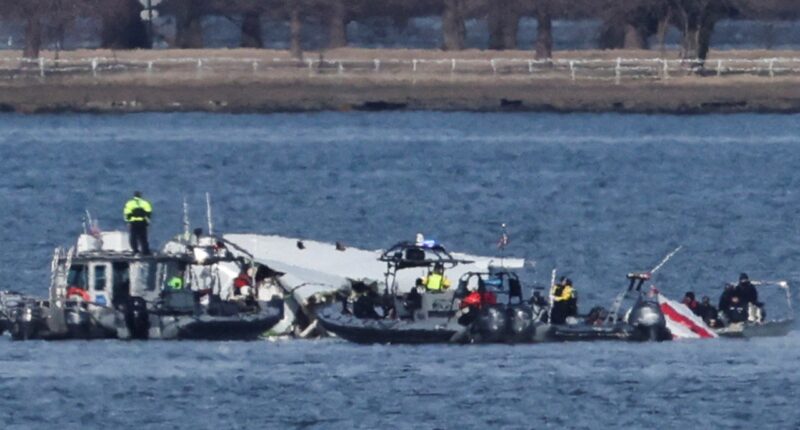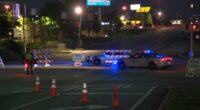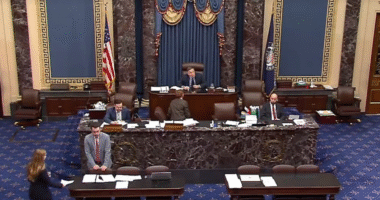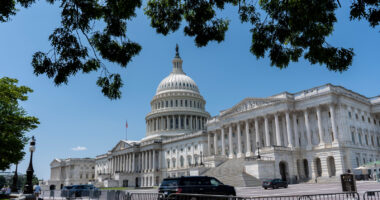According to a recent report, the pilot of the military Black Hawk helicopter that collided with a passenger airplane over Washington, D.C., in January failed to follow instructions to change course just seconds before the accident occurred.
The New York Times published a report on Sunday that outlined the communication between the Black Hawk helicopter and air traffic controllers leading up to the tragic collision, which resulted in the loss of 67 lives.
The report revealed that Captain Rebecca Lobach, the pilot of the Black Hawk, was undergoing her annual flight evaluation at the time of the incident, with Chief Warrant Officer 2 Andrew Loyd Eaves acting as her flight instructor.
When air traffic controllers informed the Black Hawk that there was an airliner nearby, Lobach and Eaves acknowledged the message and requested to fly by “visual separation,” a common practice that allows aircraft to avoid collisions based on their own observations rather than following instructions from air traffic control.
“Turning left would have opened up more space between the helicopter and Flight 5342, which was heading for Runway 33 at an altitude of roughly 300 feet. She did not turn left,” the report said.
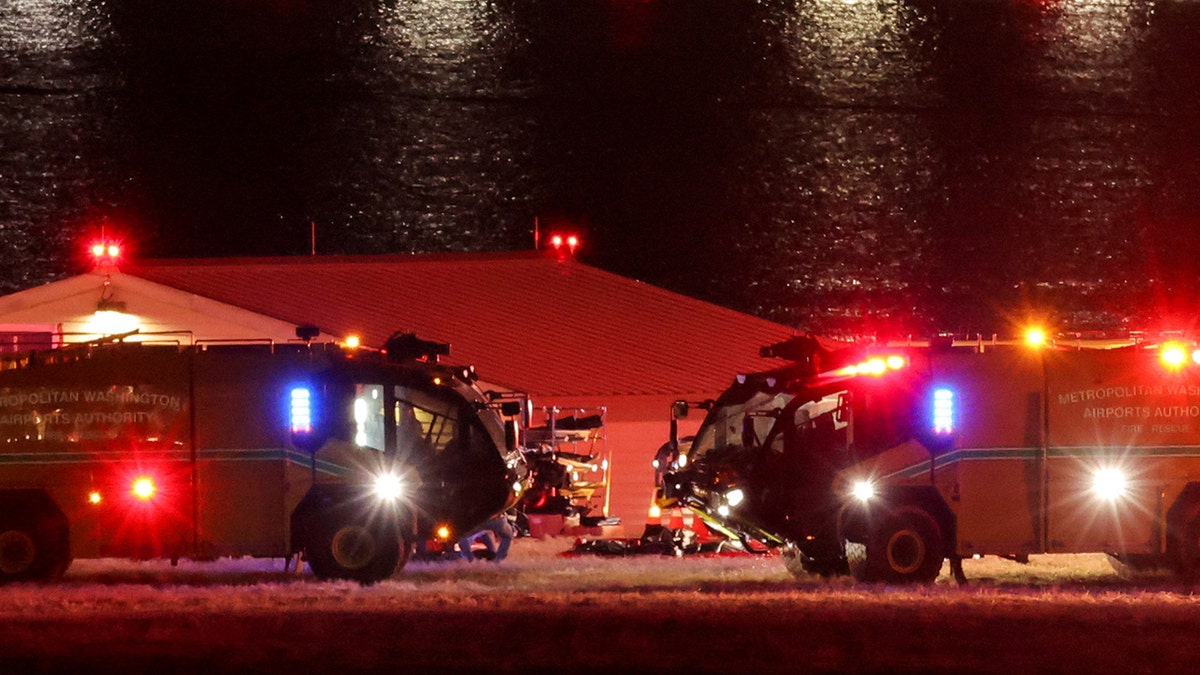
Bodies lie on the ground next to emergency vehicles, near the site of the crash after American Eagle flight 5342 collided with a Black Hawk helicopter while approaching Reagan Washington National Airport and crashed into the Potomac River, outside Washington, D.C., on Jan. 30, 2025. (Carlos Barria/Reuters)
The crash instantly caused national scrutiny on air traffic control policies, with Transportation Sec. Sean Duffy opening an investigation.
Duffy announced plans in March to bolster airport air traffic control systems with the latest technology over the next four years, while also using artificial intelligence (AI) to identify “hot spots” where close encounters between aircraft occur frequently.
There have been 85 near-misses or close calls at Reagan National, according to a report from the National Travel Safety Board (NTSB). Close calls were identified as incidents when there are less than 200 feet of vertical separation and 1,500 feet of lateral separation between aircraft.

President Donald Trump listens as Transportation Secretary Sean Duffy speaks in the James Brady Press Briefing Room at the White House on Thursday, Jan. 30, 2025, in Washington, D.C. (Alex Brandon/AP Photo)
“We’re having near-misses, and if we don’t change our way, we’re going to lose lives,” Duffy told reporters at the time. “That wasn’t done. Maybe there was a focus on something other than safety, but in this administration, we are focusing on safety.”
